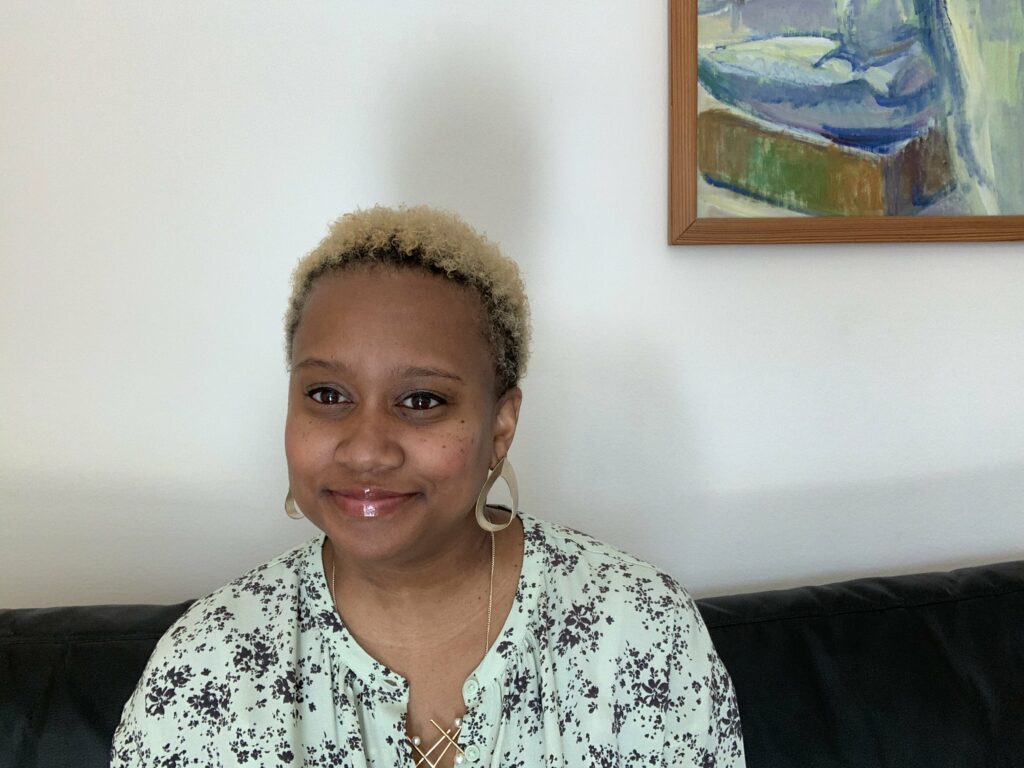Writing good documentation is hard. One issue that makes it so difficult is knowing what kind of documentation your team should write. A great way to figure this out is by conducting user interviews. Talking to a sample of your userbase and asking them carefully crafted questions that extract useful insights to guide how you write your documentation. User interviews need to be done right, otherwise, they will lead you down the wrong path, making your documentation even worse than before.
Before the user interview
Set goals
Before you conduct a user interview, you need to do a lot of preparation. First, you need to set clear goals for what you want to achieve. For example, you might want to know why your Getting Started guide has an 80% bounce rate. Guiding questions you should ask yourself are:
- What do I need to know about our users?
- How will that knowledge improve our documentation and inform our writing process?
Is a user interview the appropriate tool?
Next, you want to ensure that a user interview is a correct tool for achieving the objectives you identified in the previous step. User interviews are useful in answering qualitative research questions. Qualitative means it’s answered with words, not numbers. So while user interviews can’t tell you how many people use a certain section of your documentation, they can help you understand why people are behaving that way.
The results from user interviews are most useful when supplemented with results from quantitative research like analytics and surveys.
It is a good idea to find a second person to assist you with preparation for and conducting the user interview.
In-person vs remote interviews
The fourth step is to decide how to conduct the interview. Will it be done in person or remotely? An in-person interview gives you the advantage of observing body language. On the other hand, it is more of a hassle to organize because of the need to get everyone in the same venue. So in certain instances, a remote interview may be preferred.
Select interviewees
Your interviewees should be selected carefully so that they are representative of your user base. This is very important. If the sample you choose is not representative of your userbase, this will distort the results.
Draft a discussion guide
After deciding whom to interview, you need to select what questions you will ask them. As you prepare your interview questions, keep the following tips in mind:
- Ask clear and concise questions.
- Do not ask leading questions.
- Avoid jargon.
Finally, you may also consider including a short exercise. This is a task that you give the interview subject which requires them to use the documentation to complete. It allows you to observe, in real-time, how users are interacting with your documentation.
During the user interview
Adopt a positive mood and build rapport
Before starting the interview, you want to put yourself in a positive mood. Take a deep breath and smile. It will help your interviewee feel comfortable.
When you begin the interview, start by introducing yourself to the participant. Explain the purpose of the interview, and what they should expect so they feel more at ease.
Conduct the interview
You should use your prepared discussion guide, but don’t be rigid. Be flexible and don’t hesitate to go in a new direction if the situation requires it.
Start with easy questions. An example of an easy question is, “Tell me about your role and day-to-day tasks.” Another is, “Could you tell me about a feature you use often and why you do so?” These are general questions that are not product-specific.
Be curious about the participant’s perspective. When something is unclear, ask follow-up questions and clarify then and there. Do not assume anything.
As you conduct the user interview, prioritize open-ended questions. These require a free-form response and cannot be answered by a simple yes/no or one-word answer. An example could be, “What is the most confusing part of the documentation and why?” Open-ended questions usually start with “why” and “how?”
Observe body language
As you conduct the interview, pay attention to the participants’ body language. These non-verbal cues will give you lots of valuable information that the interviewee may not tell you directly.
Imitation is the sincerest form of flattery, or so the old saying goes! Mirroring your interview subjects’ body language is a non-verbal way to show empathy. It is another technique that you can use to make the interviewee more comfortable.

Make sure that you take notes and or record the interview on video. It is where having a partner will come in handy. One can focus on note-taking while the other can focus on asking questions.
What to avoid in a user interview
- Avoid asking more than one question at a time – People can only remember a limited amount of information at a time. Asking more than one question at once means that the user will rush to answer without much thoughtfulness given to the questions.
- Avoid leading questions – A leading question encourages a particular answer that the questioner desires. For example, “You find it difficult to navigate the documentation, don’t you?” Leading questions will distort the results of your interview.
- Avoid assumptions – Avoid the temptation to assume the reasons behind a particular answer you may get from your interviewees. Ask clarifying questions to confirm. Remember, if the interviewee has not said it, it is not data!
After the user interview
After completing a user interview, you and your partner should conduct a retrospective. A retrospective is a short discussion where you reflect on the interview and the key points that you got from it. Next, structure the information you collected according to the goals that you set out to achieve in the beginning. Once all the information is organized, proceed to interpret the results and extract action items regarding how you will write your documentation.
Once you have completed conducting and interpreting the results of your user interviews, it is important to validate your findings. You can do this by using other research techniques. Validation is important because user interviews on their own may give you an incomplete picture of the documentation work that needs to be done. Alternative research techniques include looking at analytics data from your documentation website or the results of user surveys.
Sharpen the saw – improve the process for future interviews
After completing the whole process, look back at what went well and what went wrong. Ask yourself how you can improve the process for the next set of user interviews you will conduct.
Sources:
https://www.shopify.com/partners/blog/user-interview
https://medium.springboard.com/the-art-of-the-user-interview-cf40d1ca62e8
https://plan.io/blog/user-interviews/
https://bootcamp.uxdesign.cc/the-7-mistakes-to-avoid-during-user-interviews-85017b91a179

